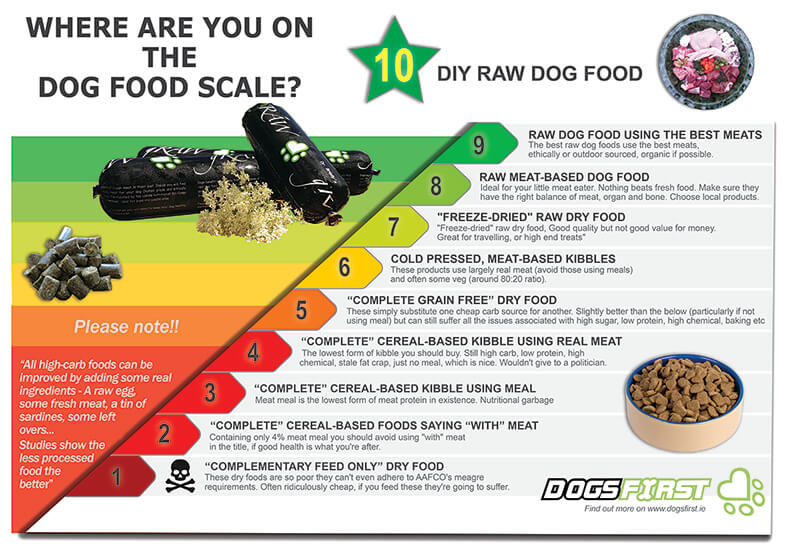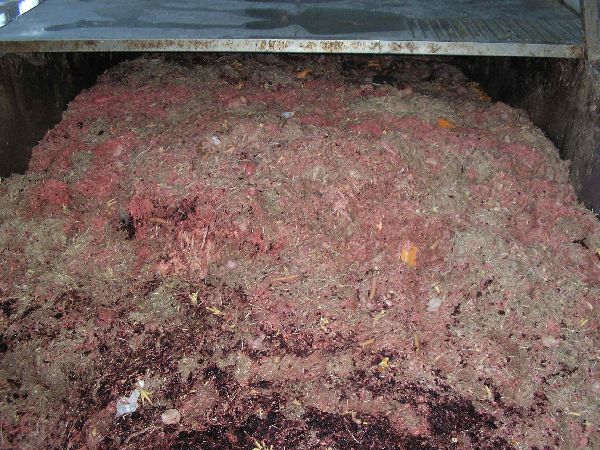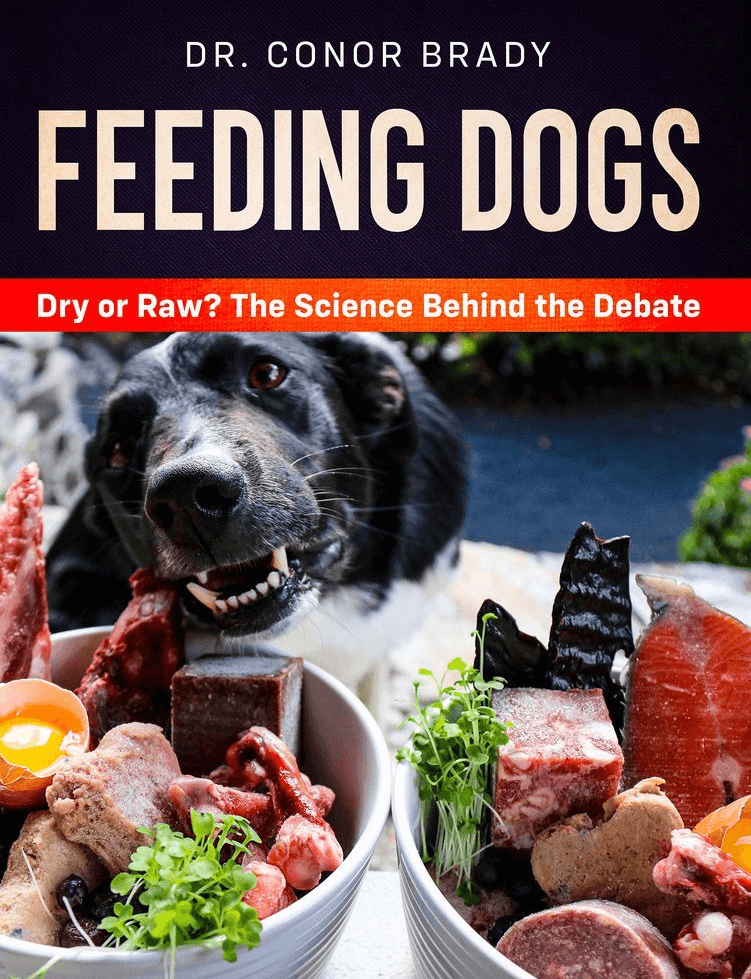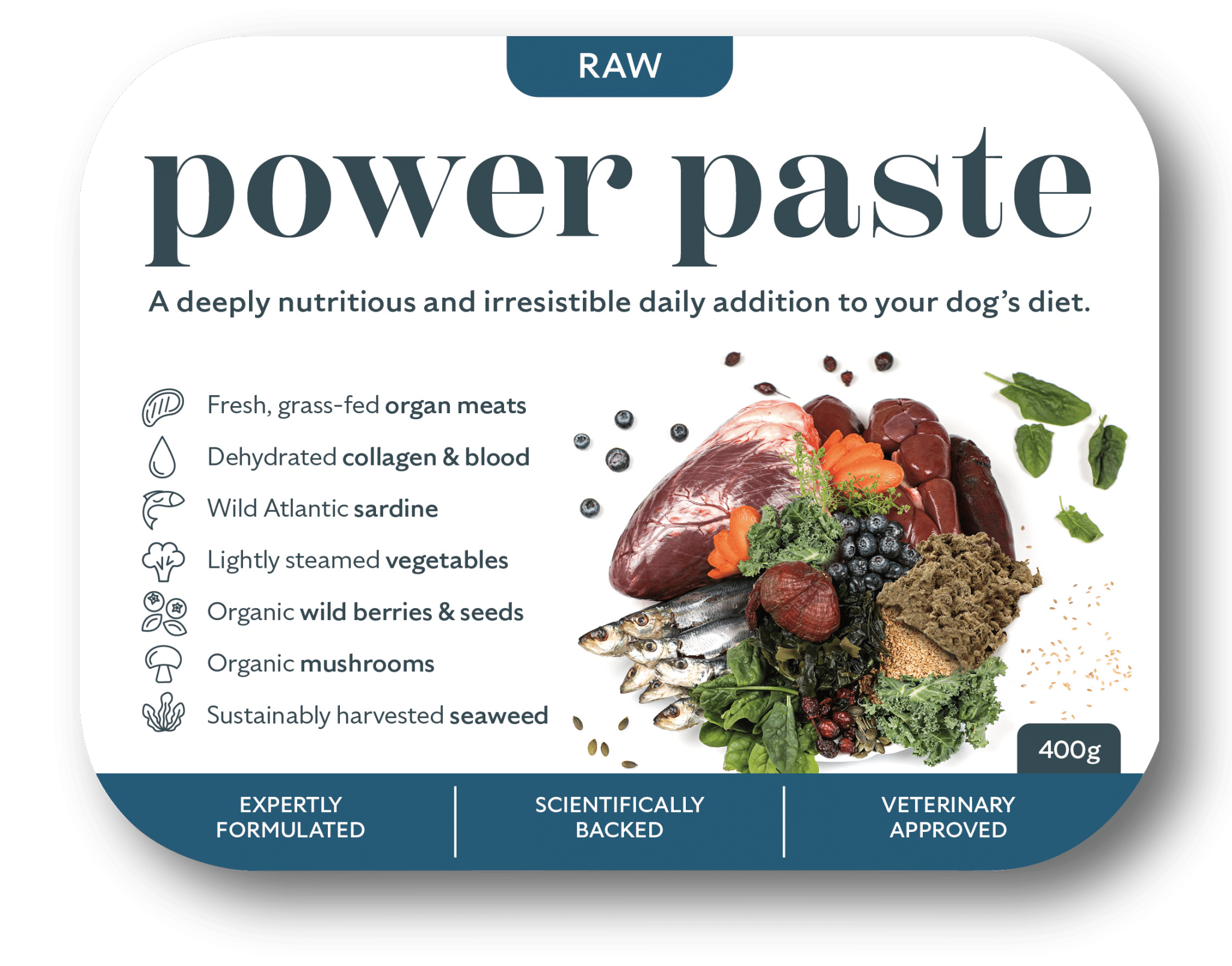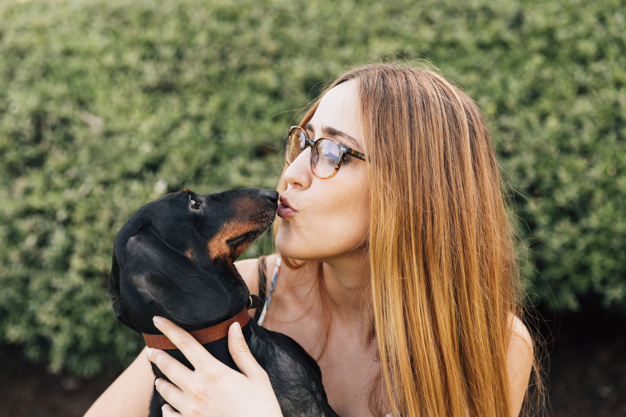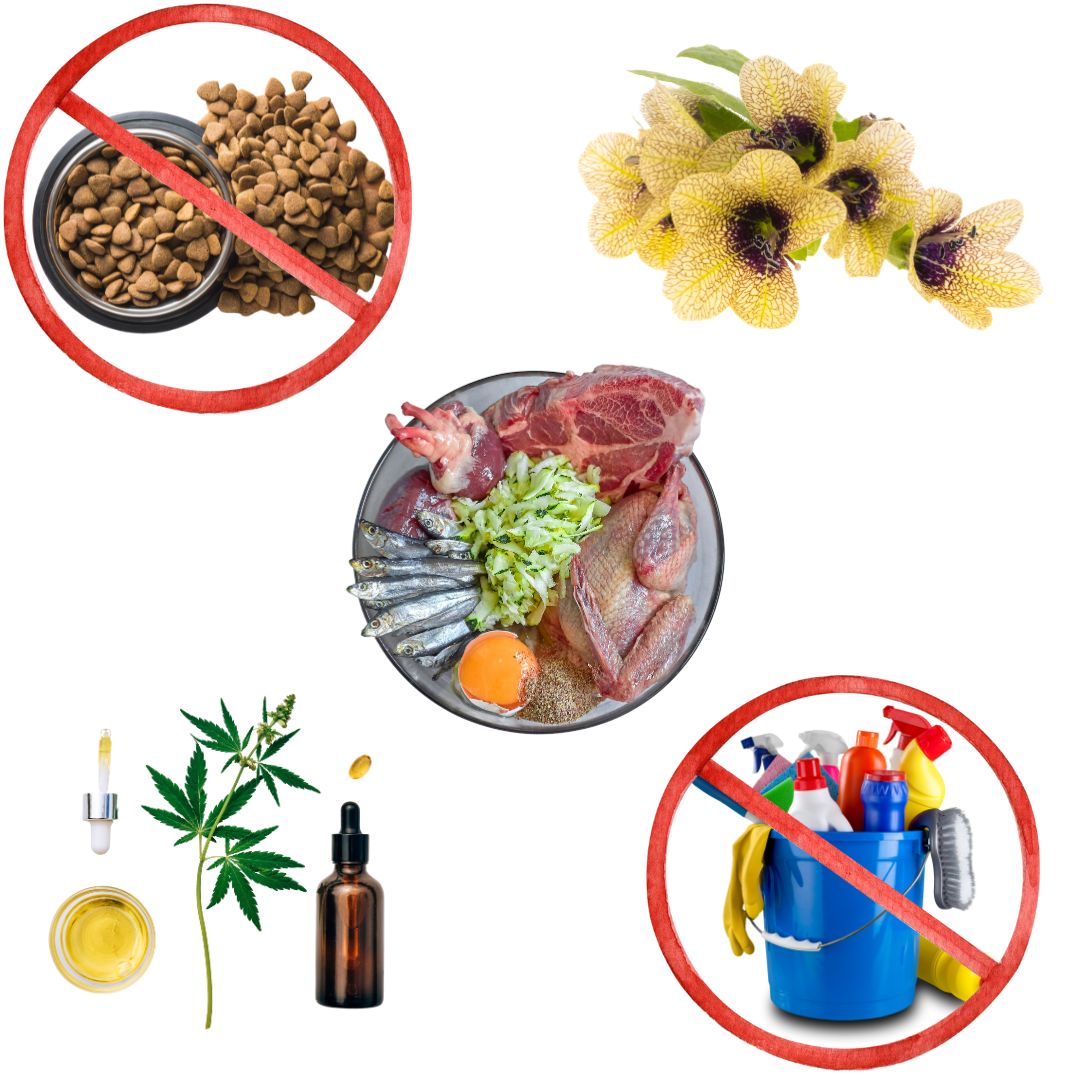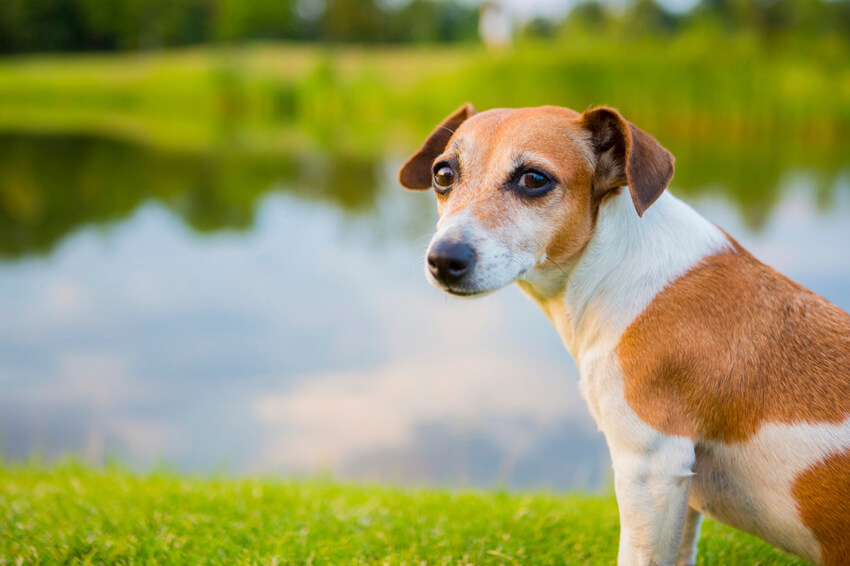Where are you on the dog food scale?!
There is such a range of pet foods now available to the pet owner these days that it can become quite confusing. Every day I am sent links to products by folk asking me is this good or bad for my dog. So I thought I’d do up a dog food scale of what’s hot and what’s not in pet food terms (1 is very, very bad and 10 is very, very good)! It’s obviously not exhaustive and sorry, I can’t include product names to avoid etc. They’re watching and waiting for me to make a mistake (sounds a bit tinfoil hat-like but you really don’t know the half of it!). Hence I only talk about brands when I’m saying something positive about them. If you need specific detail on your product of choice I recommend sites like dogsfoodadvisor.com or allaboutdogfood.co.uk.
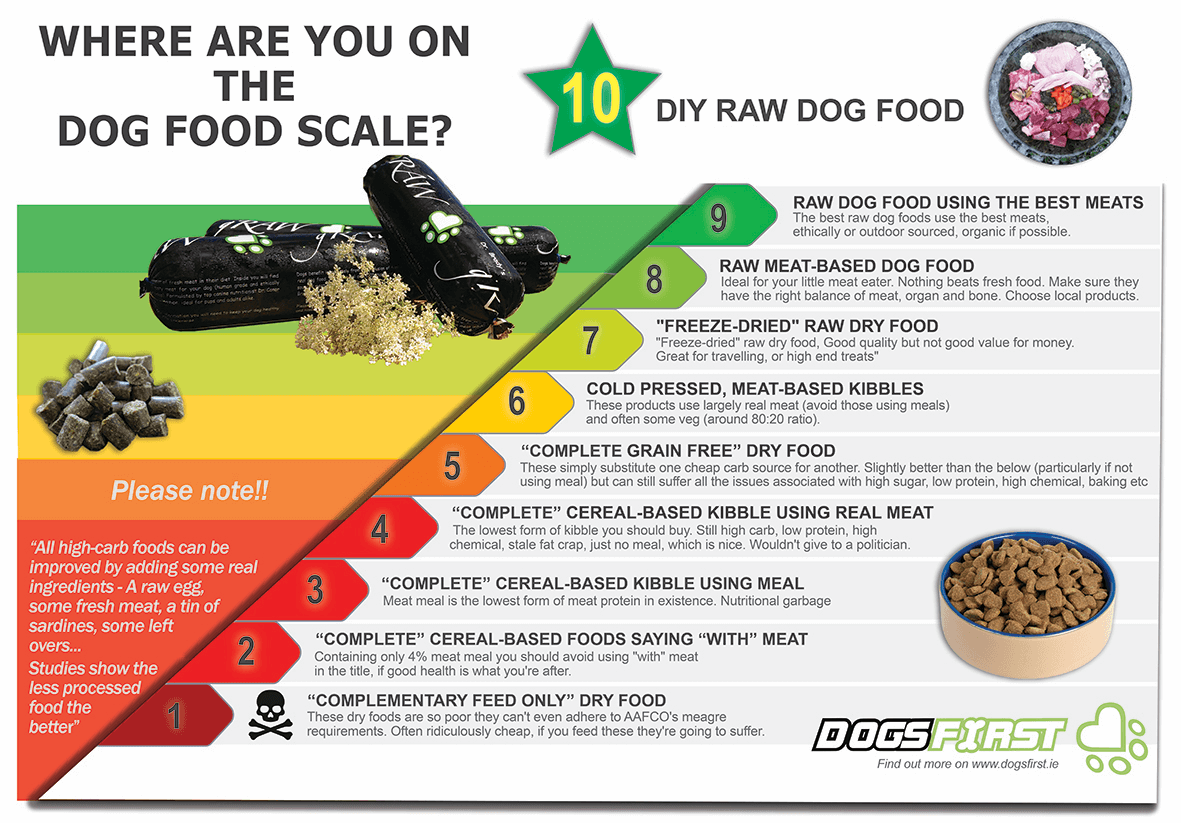
1. “Complementary feed only” kibbled pet food
Bottom of our dog food scale is complementary feeds. This means these foods do not sustain your pet for a great deal of time. They are pure sawdust. I’m not even sure if they exist anymore as all they have to do is contain a miserable 18% protein (from any source) and add a simple, cheap multivitamin powder to their mix to achieve the “lofty” heights of “complete” pet foods. If it does still exist, you will find them in large, clear sacks in co-ops, labelled as if by a child and will be very, very cheap. Avoid like the plague.
2. “Complete”, cereal-based dry foods stating “with” meat
There is a dizzying range of “complete”, cereal-based dry foods available, from the cheaper economy brands in supermarkets to more premium brands (sold by pets shops and vets) to super-premium (sold by vets often with a label such as “prescription”). First off, we will always put the word “complete” in cynical inverted commas. The reason for this is because these products have never, in any reasonable way, proved them as such. It’s a term that exists in pet food only, a clever term adopted by marketeers to convince you and your vet that this product is really, really good for your pet. The truth is this product is very far from proven.
Most if not all “complete” dry foods sold in vets are high carbohydrate, low protein, highly processed and chemically preserved muck. Most use cheap carbs like cereal (wheat and corn) as a cheap filler to bulk their mixes which dogs do not benefit from in the slightest, no matter how much they try to convince you they might be beneficial. They are all about as different from one another as hair and fur and hence the next four rungs of our dog food scale are all red.
However, some are poorer than others. At the bottom of the “complete”, cereal-based dry range is any supermarket product that says “with beef” as it means the product can contain no more than 4% “meat”, often in the form of meat meal. The rest is cheap plant ingredients. Avoid if health is something you’re after.
[Note in canned pet food the same does not seem to apply, the word “with” can be used and the meat ingredient is first in the list, meaning more than 4% inclusion. ]
3. “Complete”, cereal-based dry pet food using meat meal
Just a tiny step above cereal-based dry foods that state “with meat” on the dog food scale of quality are those cereal-based completes that uses meat meal as it’s “meat” source. Sourced from a rendering plant that stews the waste of the meat sector and arriving to the factory as a grey flour, meat meal is shockingly low-quality protein and not meat by anyone else’s definition. Nutritive filth. You wouldn’t feed it to a starving human. Find out more why meat meal is the worst meat ingredient out there.
Manufacturers are aware this ingredient is now being avoided by the public, so they have cynically started using the prefix “dried meal” as opposed to “meat meal”. A poo by any other name still tastes as bad and this stuff must taste like shit.
4. “Complete” cereal-based pet food using real meat, or cans using same
Dry Pet Food that uses real meat
A little step up the dog food scale are cereal-based dry foods that do not use meat meal but use actual meat in their mixes (before they process the hell out of it). The meat ingredient will be written as “beef” or “beef by-product”. This is better than meal as it is fresh and more likely to be human grade (though not necessarily) so you can hope that a bit more meat makes it out the other end of their processing. These products often boast “with real meat as the no. 1 ingredient!”. However, after that first meat ingredient (which is fresh, meaning with water) the next three or four ingredients are usually cheap carb additions. Hence these products usually suffer all the usual issues, in that they are high cereal, low protein, high salt and chemical, not fresh fat, processed pebbles. You are still wasting €3-€4/kg on the waste of the food sector, made last year in a land far away. Not good.
There is an obesity, gum disease, anal gland, recurring skin and gut issue, cancer and kidney disease epidemic in dry fed cats and dogs today and I firmly believe high-carb kibbles are causing it. Check out these fully referenced articles, tell me I’m wrong.
Cans that use real meat
Also around this level are canned dog foods based on roughly the same ingredients as above though can sometimes be a little meatier. Cooked at the same temperature and therefore suffering all concerns of cooked meat, and though worse for the teeth than even dry food if used on their own with no meaty bones (8/10 dogs are dry fed, 8/10 have gum disease by three years of age), canned dog food has one advantage over kibble (asides meat content) and that is it doesn’t need to use all the nasty chemical additions to preserve its integrity over time. Instead, it’s cooked inside the tin to kill baddies. I would feed neither to a politician but when you consider how important it is that your dog keeps their gut flora healthy, surely a diet of anti-life every meal can’t be a good idea.
There is a collossal variation in the quality of meats used in pet food. For instance, a tin of pet food I have here says it contains “Meat and Animal Derivatives (41%, including 4% Chicken), Cereals, Minerals,D erivatives of Vegetable Origin (0.5% Dried Beet Pulp)…”. While it’s good it has meat as the number one ingredients, the meat went in fresh (with water) while the cereal goes in dry, this changes things massively as fresh meat is 70% water. Ideally, both ingredients would go in “with water extracted” but this would place meat down the list of ingredients and that’s not int he interests of the manufacturer! Further, this product used “meat and animal derivatives”, 4% of which they know came from a chicken. What’s the rest? Well, we don’t know…yum!
5. Cereal or “grain-free” dry kibbled pet food (better but still high carb)
Another step up and now halfway up the ladder of dog food quality, these products avoid the likes of wheat and corn (good news) in favour of other fillers like peas, potatoes, rice, tapioca etc. While the dog has no need of these carbohydrates either choosing slower to digest carbs over the likes of dextrinised wheat and corn is surely a very good idea for anyone, let anyone a meat eater.
Top Tips for Choosing Grain Free Dog Food, We Compare the Top 9 For Quality!
Grain free pet food was (unfairly) targeted recently for causing DCM in dogs grain-free using legumes causing DCM in dogs. However, as the article points out, DCM is caused by a lack of taurine which, when feeding kibble and all types of dry food have been implicated in the past, largely as many things that occur or that are put in dry pet food negatively affect taurine content.
The article above details how to pick a good one:
- As always, avoid grain-frees that use meat meal in favour of real meat inclusions
- Choose the ones that use more meat (minimum 30% meat) and less carb filler
- Made in EU on European meat ingredients (meat they haven’t been imported from Asia or the US) are best
- The best grain-frees are “cold pressed” as opposed to cooked under higher temperature
Cold-pressed means they were generally cooked at cooler temperatures (40-70ºC) though after talking to two suppliers it seems most if not all get a whack of heat at the end to kill any bacteria present (or else they are using chemicals as Salmonella and E.coli are only killed beyond 70 degrees Celsius. For fun, ask your supplier of choice how they ensure their mix is zero baddies and how it stays that way by the time it’s poured into your dog’s bowl). In my opinion, this would be the very lowest form of dry food I would feed Dudley, and I’d want to be somehow trapped with him in a veterinary reception with no escape for days before I did.
Please note that all high-carbohydrate pet foods can be immediately improved by substituting in some real meat ingredients. This could be a raw egg, some fresh meat, a tin of sardines, some dinner left overs, anything really. Studies show the less processed food they get the better.
6. Meat-based dry kibble for dogs, often made to an 80:20 ratio
Now we’re getting into the better end of the dog food scale. If I had to feed dry, processed food, this is what I would choose. Meat-based dry food is always complete and generally contain better ingredients with the best brands offering a ratio of around 80:20 meat to veg. They almost always include a range of great, natural looking additions on the end including things like blueberries and herbs. There are decent brands, choose the ones made in Europe on EU meat so they contain as good a life and as little chemicals as possible. Avoid the meat-based kibbles using meal where possible and choose cold-pressed over normally cooked. While it is the best dry food your money can buy remember this is still a lot of cooked meat and clearly cooked meat is not good for the body. We have no idea of the long term health impact of this on dogs but we know in humans it’s bad.
All that said, the best 80:20 out there is probably Orijen. Made in Canada, it’s made using all fresh meat ingredients and contains some organ meats etc. Sadly it can be kind of pricey. The best prices for Orijen are probably from Amazon.
WHAT ABOUT SOME OF THE BETTER TRAYS OR ZIPLOCKS OF PET FOOD OFTEN FOUND IN FRIDGES AND MADE TO THE 80:20 RATIO? I would put those trays of pet food made to the approximate 80:20 ratio that you can now find in the fridge of some pet shops. These are made on similar ingredients as the meat based kibbles and both have been given a quick bit of a cooking but as with canned food, while they may be worse for teeth is used without raw meaty bones (all dogs should be fed meaty bones), they do not suffer any of the chemical / anti life abuse. Also, I notice some of these trays are now using a range of organ meats while the kibbles, for some reason, still do not. This is a big omission from the dog’s diet. Finally, these sort of products have the added benefit of often being made locally. Thus, if using products from this step as the occasional feed, I can’t see a great difference in these products.
7. Freeze-dried or dehydrated meat-based pet food
A significant step up the ladder from the meat-based kibbles or trays above at 6, freeze-dried or dehydrated pet food have solved the cooking issue by using machines that essentially suck the water from the product. Baddies can’t grow where there is no water. These products are essentially raw dog food dehydrated. A simple but brilliant way of preserving food, often used by the army. You add a dash of water and POOF, it looks like raw dog food. I’ve tried one of the world’s best (made by the Complete Pet Company in Australia). Fantastic from a nutrient perspective, sadly you will find they are often cost prohibitive due to the processes involved. Hence, I struggle to recommend them over real food with water but perfect for travelling. Great stuff.

8. Pre-made raw dog food using barn-reared meat products
Your dog is a meat eater. Few outside of vested interests and those educated on their nonsense think otherwise. After years and years studying and writing on the subject, I can tell you there is no alternative to biologically appropriate raw dog food is the best choice you can make for your pet. These products use whole, fresh, human-grade meat ingredients, grind them up and simply use freezing as their method of preservation, preserving all the structural and nutritional integrity of the product. All the vitamins and minerals, amino acids and fats, cartilage and bone are in there, intact, waiting to be absorbed.
There is a great range of raw dog foods now available to consumers although some differences do exist. You need to aim for those products that use lots of meat, a little organ meat (liver, heart, kidney, perhaps 5% each) and approximately 10% bone. Some use a few fruit and veg additions and no, this is not a money thing, veg such as broccoli and green beans cost upwards of €0.90 per kilo, more than most of the meat-parts used in these mixes – wings, carcass, necks and all organ meats bar poultry liver cost less than this – they are included as folk today differ in what they believe is best for the dog and the studies suggest show you can use a little veg to great effect in dogs. But again, each to their own. Avoid products that do not use a range of organ meats in favour of those that do. Some are ground to mush, I would avoid these in favour of products ground coarsely, I want to see the meat. As always, you can add in your own bits when you can.
The only difference between this food and the next is the quality (though that is debatable) and certainly the welfare of the meat used in the mixes. No matter what way they dress it up, this level normally grinds up carcass and adds a “meaty” addition (usually tripe or hearts or lung) to make the mix more “meaty”. It’s cheaper than using actual muscle meat. Nothing wrong with these mixes, in that they serve a purpose and fine for your dog, certainly better than any of the stuff ranked lower than it. The advantage of this level is that it’s cheap. For example, check out these chicken and tripe mixes on E-Bay for less than €2/kg!
9. Pre-made raw dog food using outdoor and organic meats
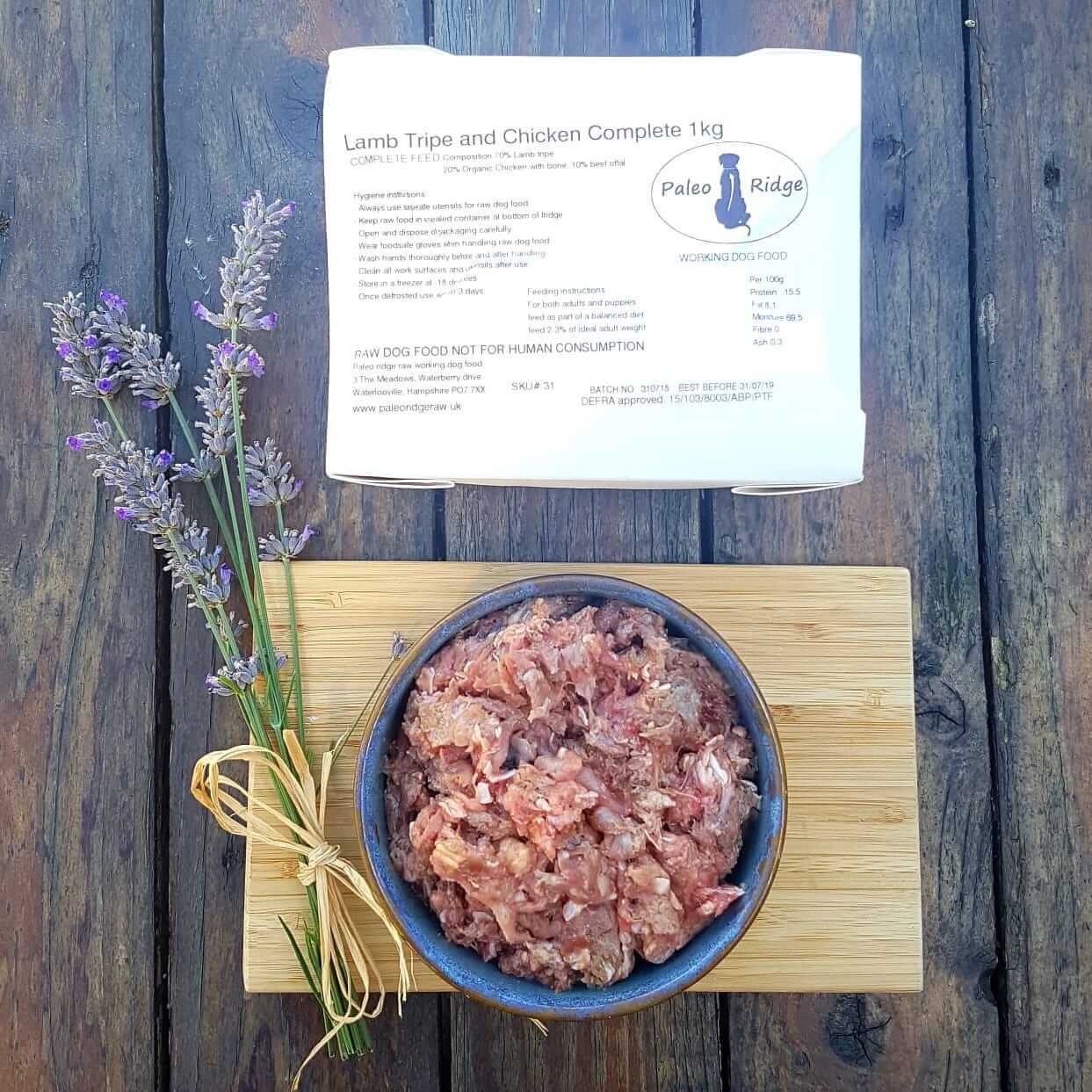
The best pre-made raw dog foods available are as above but based on meat that has had a “good life”. This would be free-range, free-to-roam, outdoor or wild meats. Ideally, it would be organic but be careful with that one, all is not what it seems when it comes to that. You can have an organic animal living in a hell hole. If buying these products choose the company that you know is checking their suppliers regularly. I’m a vegetarian and passionate animal welfare advocate but the minder of a carnivore, this is the only option for me. Thankfully there are brands that are no pricier than the more intensive, barn-reared competitors. I like Paleo Ridge, here are all the reasons why. If in Britain, you can support me by by shopping in my new online store. There are other organic brands out there too, like Honey’s Pet Food. They do a great job and have a growing range.
[Sorry US folk, I don’t know of a really great US product in this respect. If you know of one, please message me and let me take a look. More than half my readers are from the US, I’d like to direct them somewhere].
10. DIY raw dog food

The very best dog food is the one you make yourself. Nothing compares to ingredients you buy whole, be it from a local butcher or abattoir ir supermarket’s half-price aisle or reputable dog food supplier. This way you can see exactly what makes their bowl and it’s often significantly better value. If you are a large breed or multi-dog household, you need to consider this option or they can eat you out of house and home. It’s also easier to tweak your formulas as you see fit which I enjoy. Here’s how to make your own raw dog food. Most folks begin on the pre-mades but as the confidence builds I highly recommend you give it a shot. Very rewarding.
More Reading
Tips on how to buy a good dry food, if it exists…
The pet food watchdog is not only on the company payroll but he is deballed and sound asleep

